The Panasonic Lumix GH6 sits at the top of Panasonic’s line-up of Micro Four Third mirrorless cameras. It’s the replacement for the Panasonic Lumix GH5 and sits above the Panasonic Lumix GH5 II. Although it has a few features such as a 100Mp High Resolution Mode that can work when the camera is hand-held, it is primarily a video camera. As such, it offers an extensive range of video features and can shoot 5.8K, 5.7K, DCI 4K, UHD 4K and Full HD video in wide range of modes.
When you look at the size of other options on our list of the best professional mirrorless cameras, we’d prefer the GH6 to be a little smaller and quite a bit lighter, but there’s no denying its rugged feel. That extra weight for the cooling system also means you can keep recording for as long as you have storage and power.
Panasonic has packed a lot of video options into the Lumix GH6 with settings to suite a wide range of scenarios. It would take a long time to get to know every aspect and explore all the features fully, but the GH6 is very capable and attractively priced.
Now that small full-frame cameras are more readily available and 10-bit video is more common, it’s hard for the Panasonic Lumix GH6 to shine, but somehow it still does. It goes way beyond the requirements of the occasional video shooter, offering high-end features that will keep small-budget professionals happy. Its results are very impressive and while the autofocus system isn’t the best, most of the time it does what it needs to do.
Find the best deals on the Panasonic GH6 at Amazon UK and Amazon US.


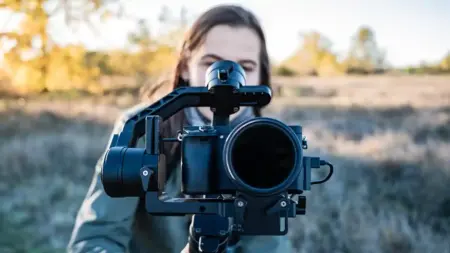
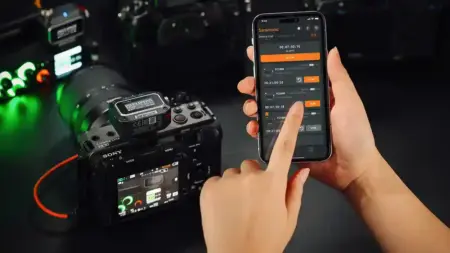
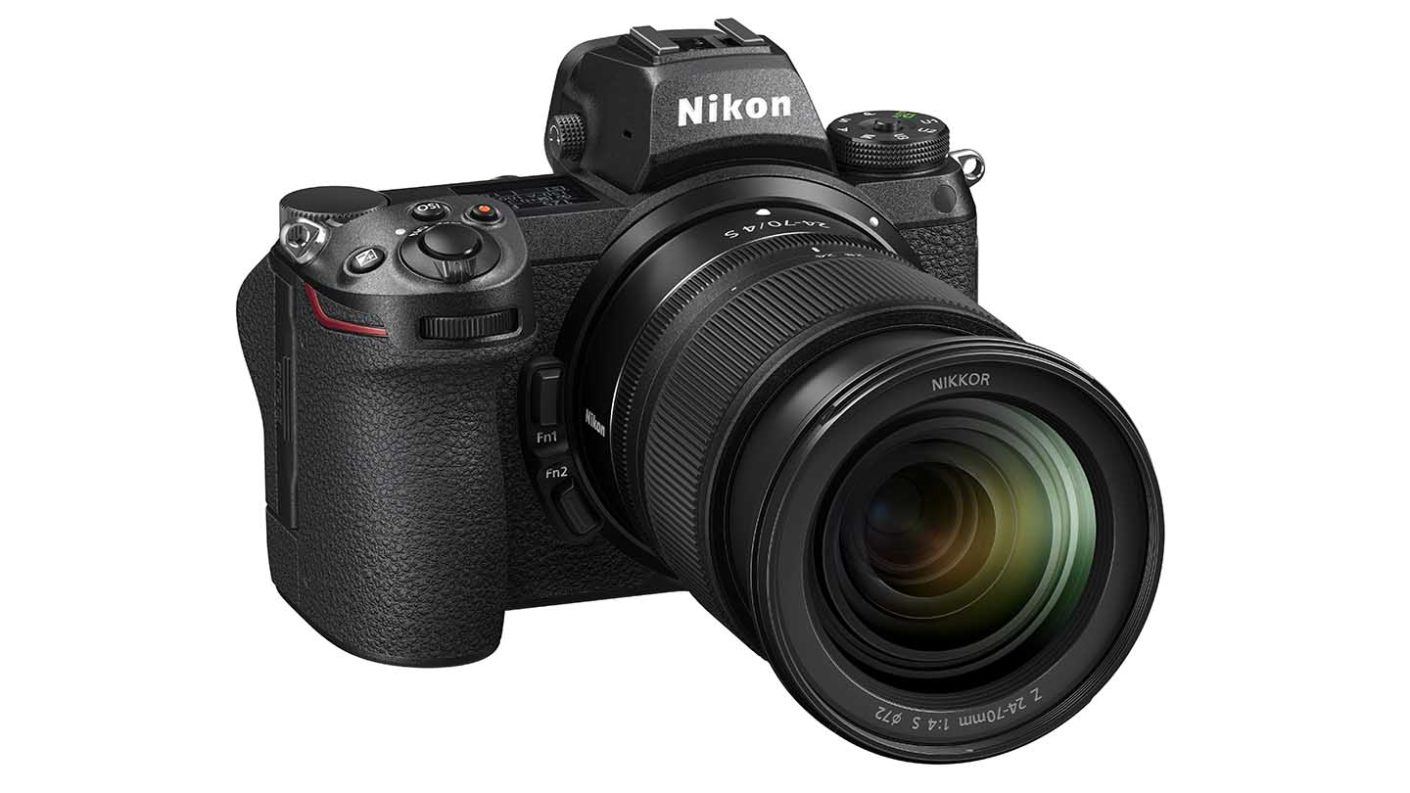
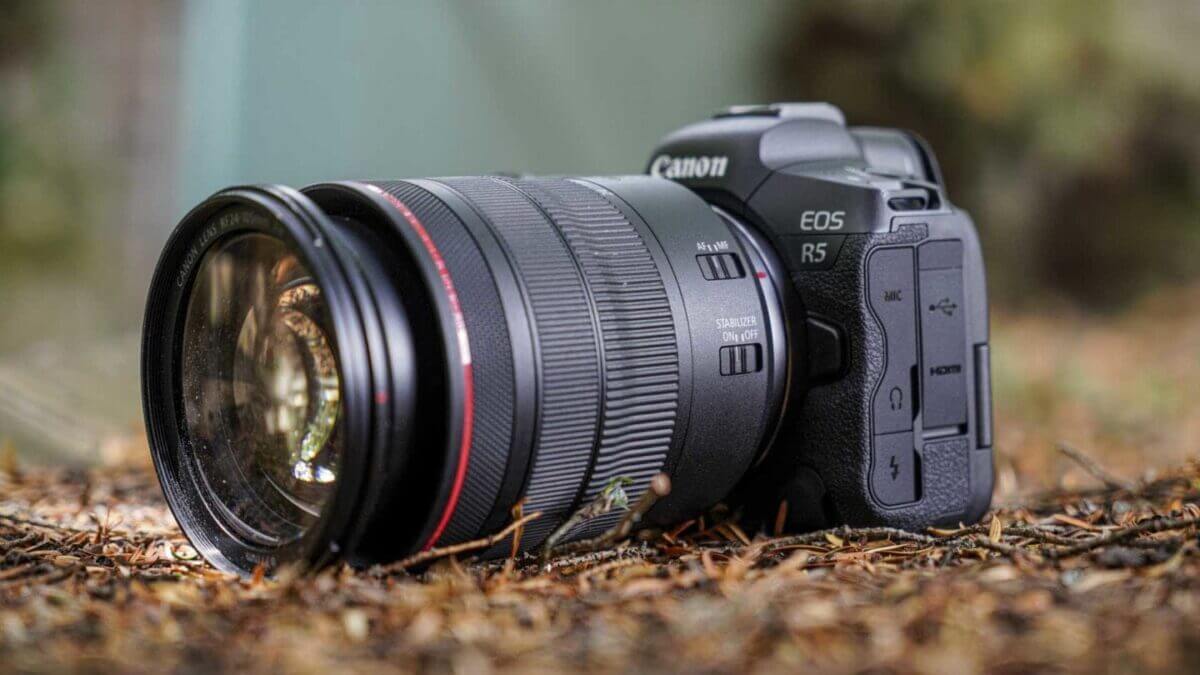
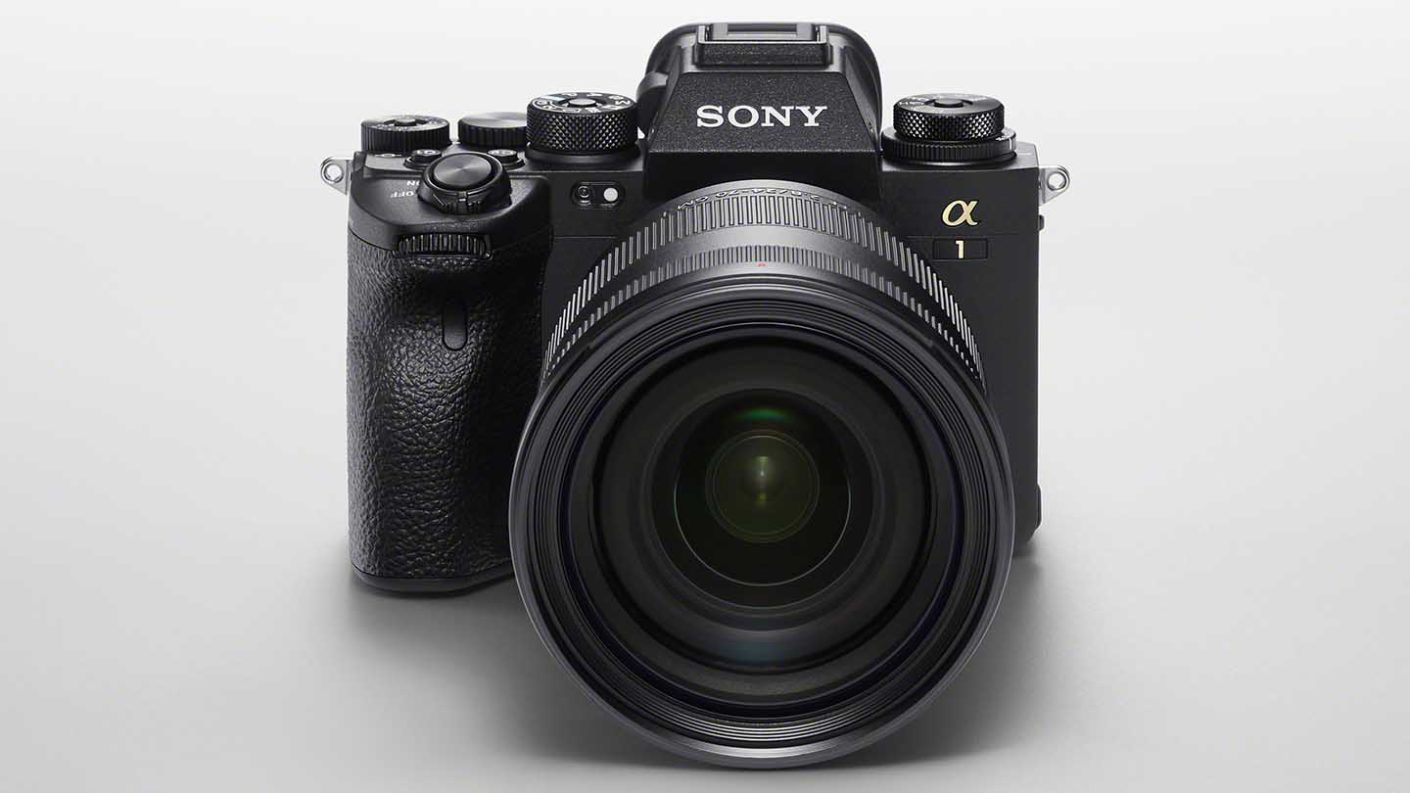

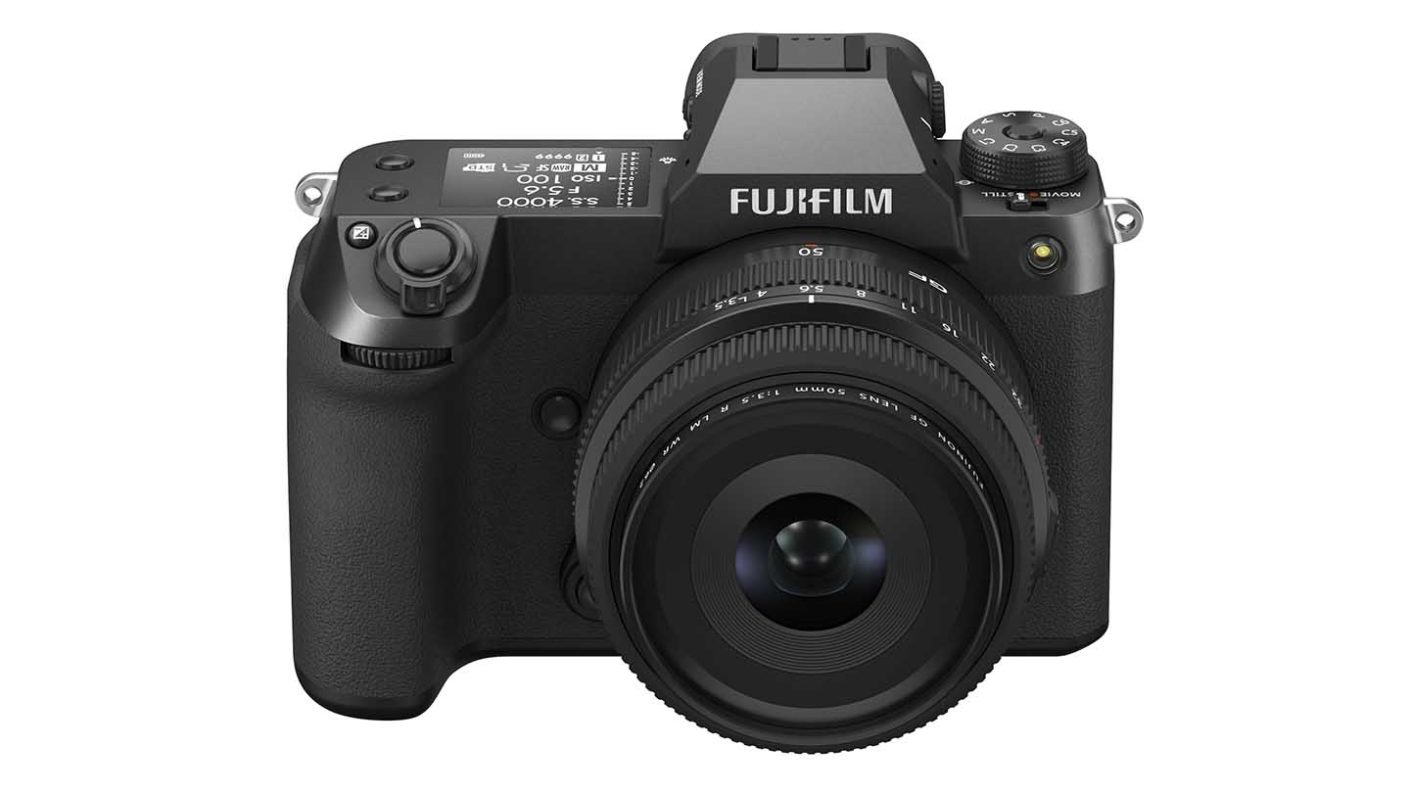
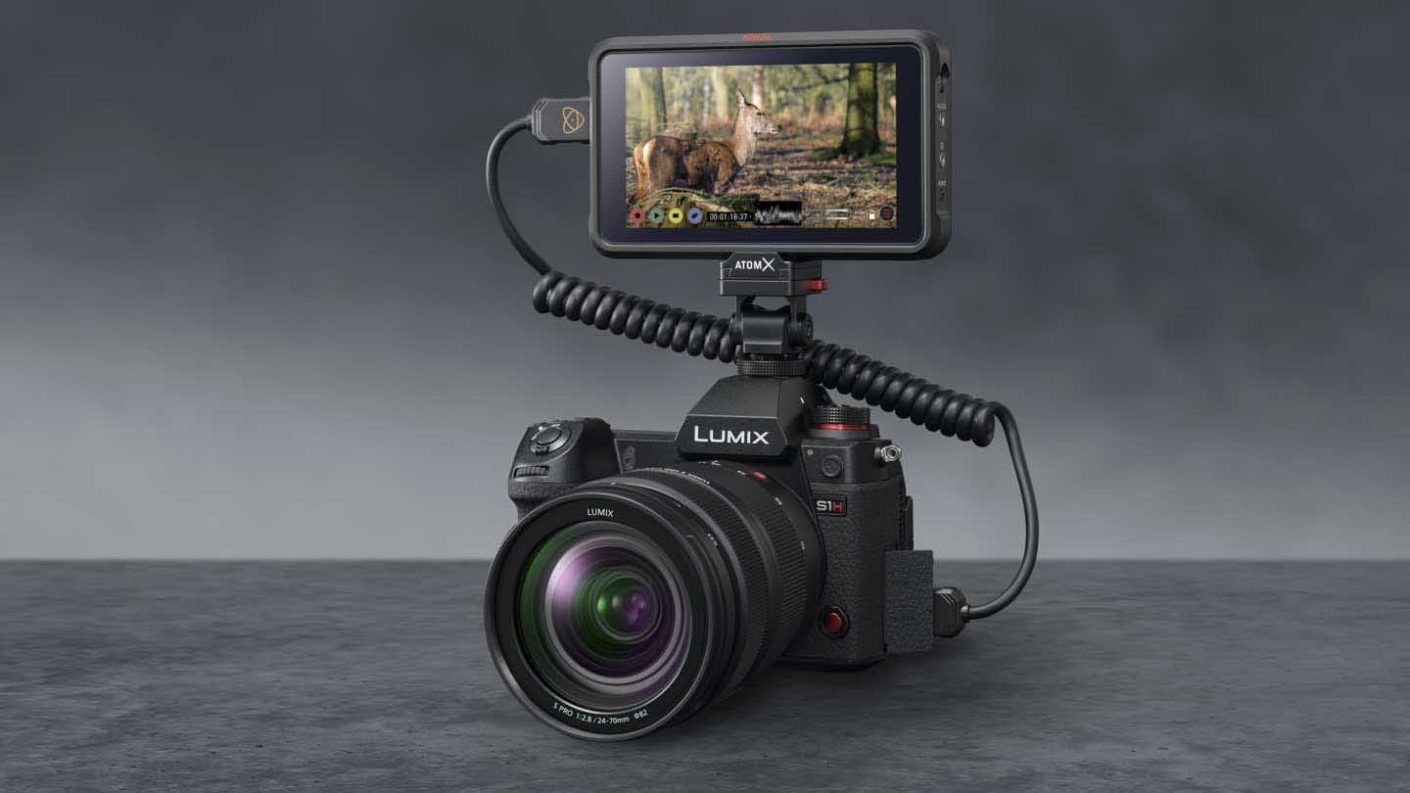
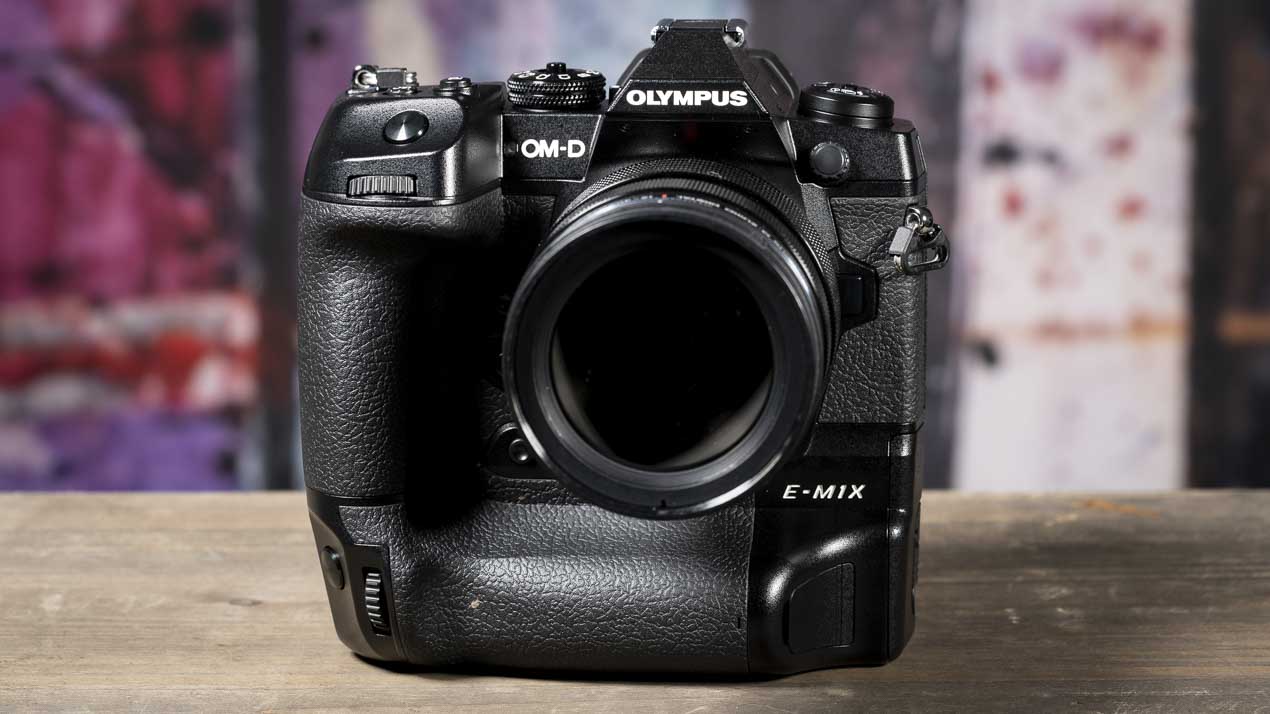
Leave a Reply